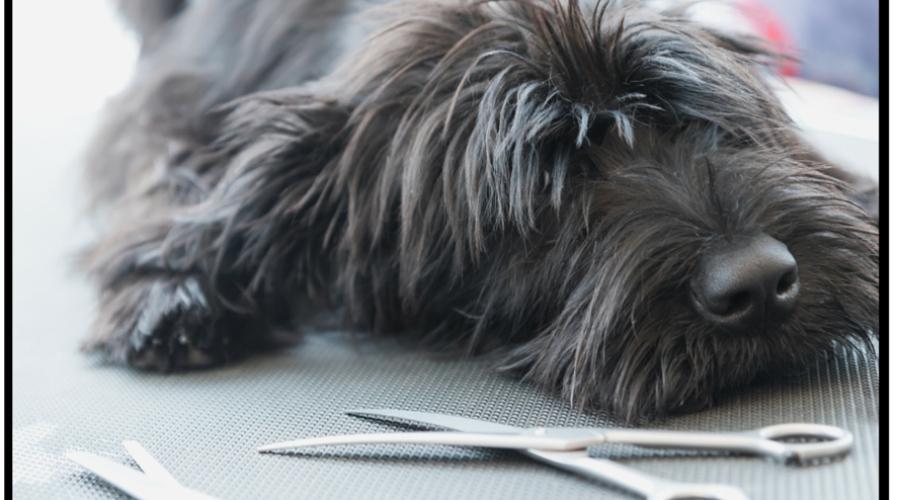DIY dog grooming tips
As a pet owner, grooming your furry friend can be a bonding experience and an important part of their overall health and well-being. However, regular trips to the groomer can be costly, and not everyone has the time or resources to make regular appointments. Fortunately, there are many DIY dog grooming tips that you can use to keep your pup looking and feeling its best.
- Brush your dog’s coat regularly. Brushing your dog’s coat is one of the most important things you can do to keep them looking and feeling their best. Not only does it remove tangles and mats, but it also helps to distribute natural oils throughout their coat, leaving it shiny and healthy. Use a slicker brush to remove tangles and a pin brush to finish up.
- Trim your dog’s nails. Long nails can be uncomfortable for your dog and can cause them to walk differently, which can cause problems with its paws and legs. Keep a pair of sharp clippers on hand and trim your dog’s nails once a month. If you’re not comfortable doing it, ask your vet or a professional groomer to show you how.
- Clean your dog’s ears. Dogs with floppy ears are more prone to ear infections, so it’s important to keep their ears clean. Use a cotton ball and a gentle cleanser to wipe the inside of your dog’s ears once a week. Be sure to avoid using q-tips as they can push wax deeper into the ear canal.
- Bathe your dog. While it’s not necessary to bathe your dog every week, it’s important to give them a bath every few months to keep them clean and smelling fresh. When you do give your dog a bath, use a mild dog shampoo and take care to avoid getting water in their ears. Rinse your dog thoroughly and dry them off with a towel or hair dryer.
- Brush your dog’s teeth. Just like humans, dogs need to have their teeth brushed to prevent plaque and tartar buildup. Use a toothbrush and toothpaste specifically made for dogs. If your dog is not used to having their teeth brushed, start by letting them smell and lick the toothpaste before introducing the brush.
- Groom-specific breeds. Different breeds of dogs have different grooming needs. For example, breeds with long hair need to be brushed more often and may need to be trimmed to prevent matting. Breeds with short hair may need to be trimmed to keep them looking neat and tidy.
- Watch for signs of skin problems. Dogs can develop skin irritations and infections just like humans. If you notice your dog scratching more than usual or if they have red, irritated skin, it’s important to take them to the vet for a check-up.
By following these simple DIY dog grooming tips, you can keep your pup looking and feeling their best without breaking the bank. Not only will your dog look and feel better, but you’ll also be able to spend quality time with them and bond over their grooming. Remember to always consult with your vet or a professional groomer if you have any concerns about your dog’s grooming needs.

